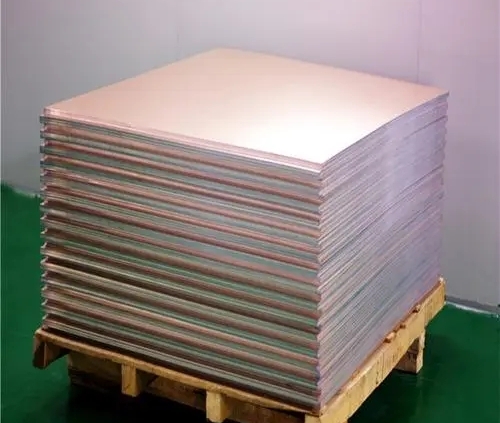Explore the key parameters of FR4 substrate materials!
FR4 substrate material is a substrate material widely used in electronic products. This article will delve into the key parameters of FR4 substrate materials, including dielectric constant, coefficient of thermal expansion, glass transition temperature and electrical breakdown strength. Through the detailed elaboration of these parameters, it helps readers understand the performance of FR4 substrate materials and its important role in electronic products.
1. Dielectric constant
Dielectric constant is one of the important parameters to measure the electrical insulation properties of materials. For FR4 substrate materials, their dielectric constant determines the propagation speed and wavelength of electromagnetic waves in the material. The smaller the dielectric constant, the faster and higher the frequency of electromagnetic waves propagating in the material. When the dielectric constant of the FR4 substrate material approaches 1, the impedance matching performance of the material is better, which can improve the speed and quality of signal transmission.
2. Thermal expansion coefficient
The coefficient of thermal expansion is one of the key parameters that measures the change in length of a material under temperature changes. For FR4 substrate materials, their thermal expansion coefficient determines whether deformation occurs under temperature changes, which affects the stability and reliability of electronic products. Reasonable control of the thermal expansion coefficient of the FR4 substrate material can avoid stress concentration and mismatch between components caused by temperature changes.
3. Glass transition temperature
Glass transition temperature refers to the critical temperature at which a material changes from a glassy state to a solid state. For FR4 substrate materials, their glass transition temperature determines the material’s mechanical properties and insulation properties under high temperature conditions. The higher glass transition temperature can ensure that the FR4 substrate material can still maintain good physical and electrical properties in high temperature environments, improving the reliability and stability of electronic products.
4. Electrical breakdown strength
Electrical breakdown strength refers to the maximum voltage that a material can withstand under the action of an electric field. For FR4 substrate materials, their electrical breakdown strength determines the material’s insulation capabilities and reliability. Higher electrical breakdown strength means that the material can withstand higher operating voltages and can effectively prevent equipment damage or failure caused by electrical breakdown.
FR4 substrate material is a commonly used substrate material in electronic products, and its key parameters have an important impact on product performance. Dielectric constant, thermal expansion coefficient, glass transition temperature and electrical breakdown strength are important indicators to measure the performance of FR4 substrate materials. By reasonably controlling these parameters, the signal transmission speed, stability and reliability of electronic products can be improved. In future applications, research and further optimization of key parameters of FR4 substrate materials will be an important direction to provide better support and guarantee for the development of electronic products.



